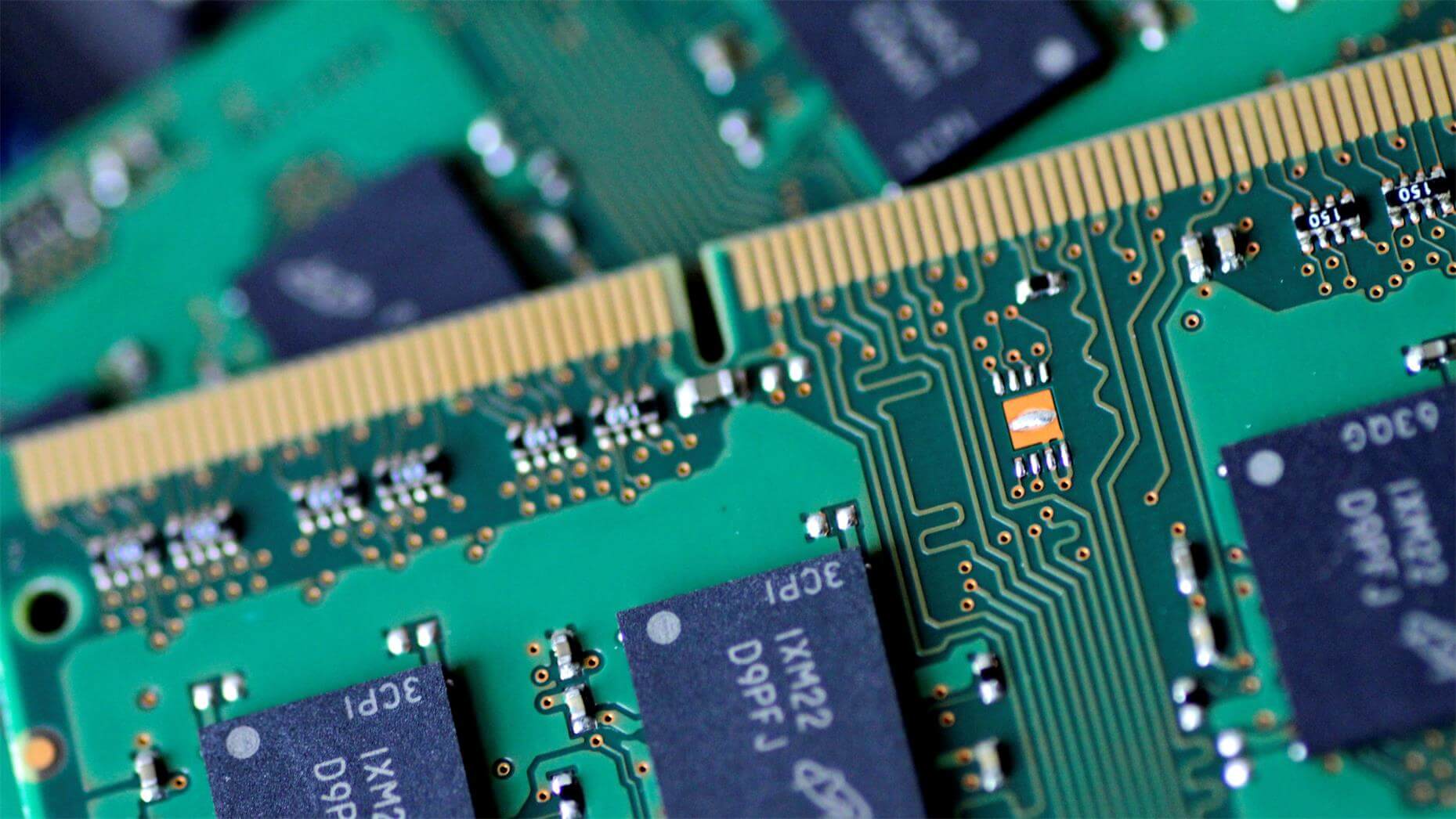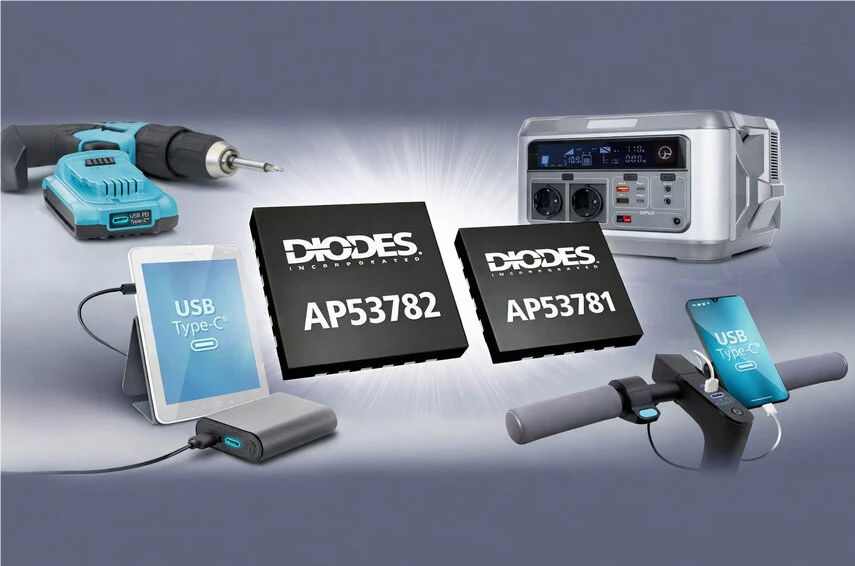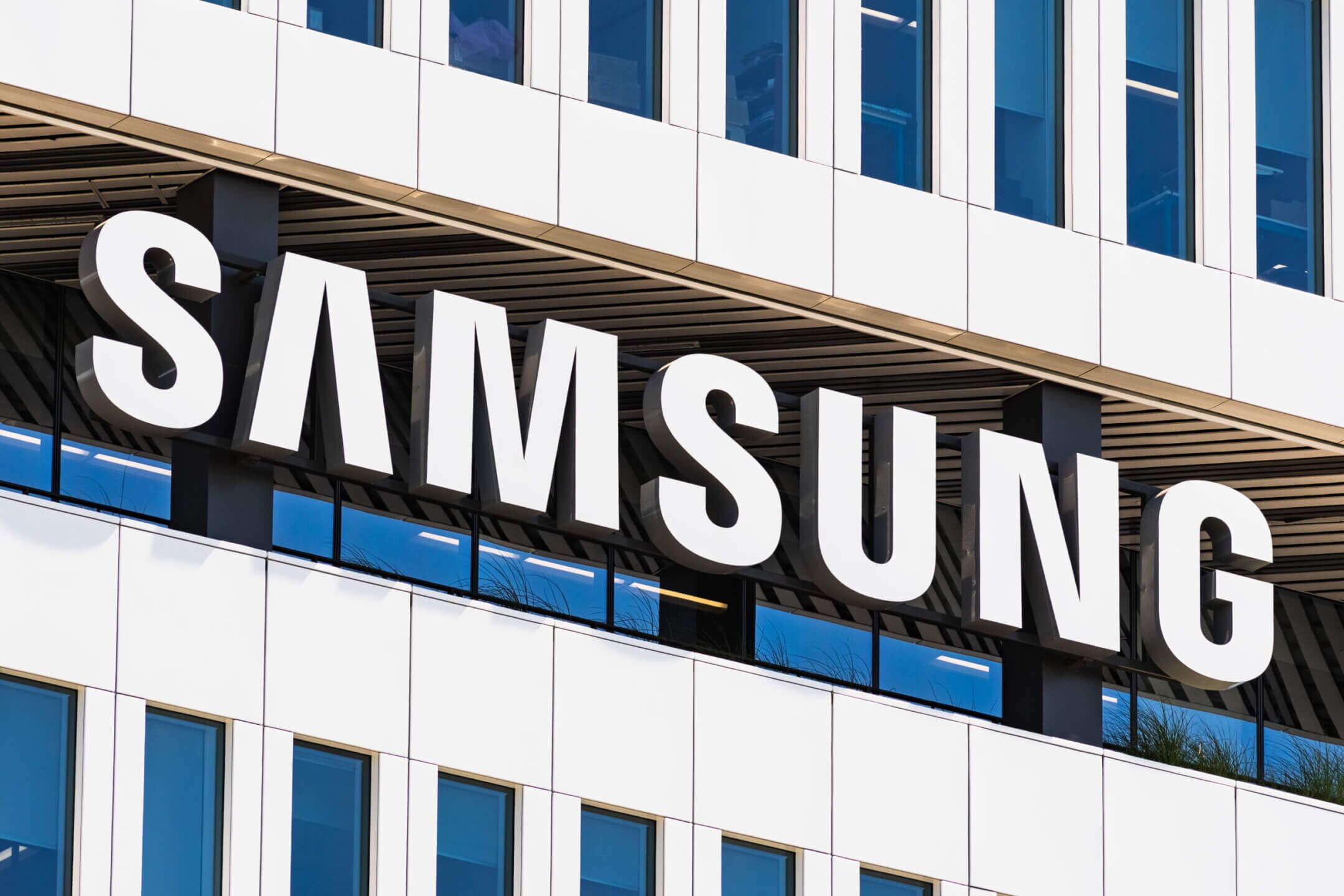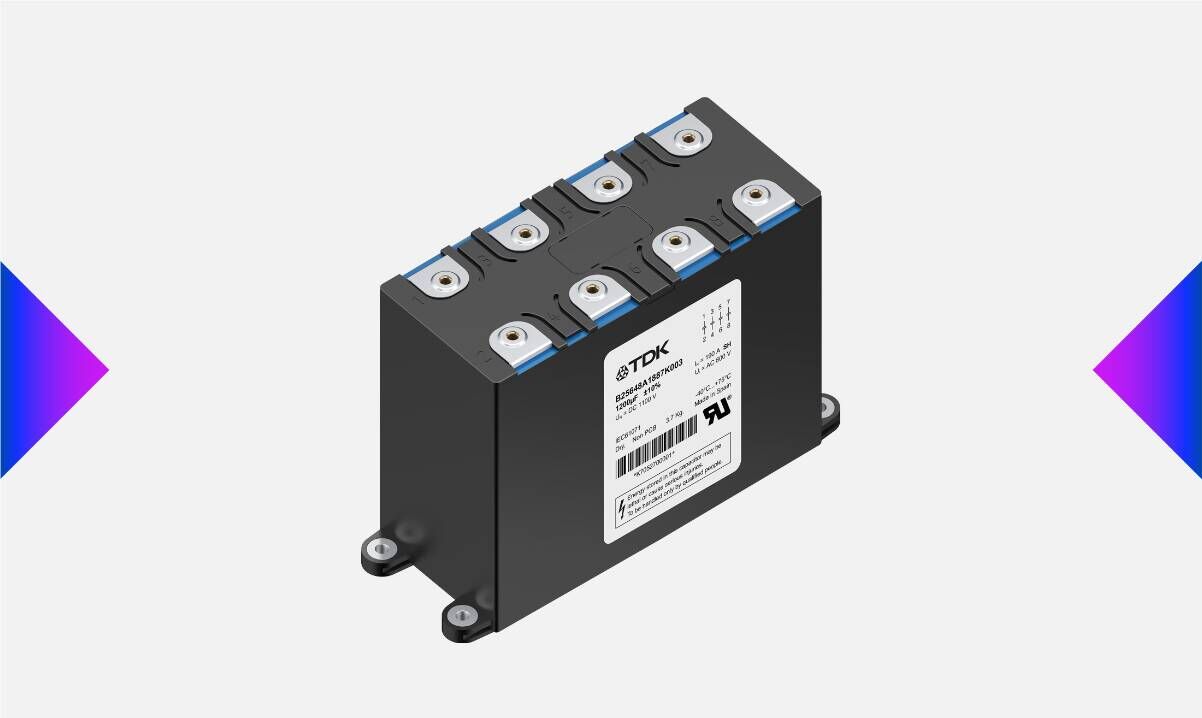Onsemi recently announced its collaboration with Israel-based Ride Vision on the development of advanced safety solutions for motorcyclists. Ride Vision’s industry-leading Collision Aversion Technology™ (CAT) for motorcycles uses machine-vision with artificial intelligence (AI) and works based on high-dynamic range data captured by AR0147AT automotive-grade image sensors from onsemi. CAT provides riders with timely warnings about impending dangers on the road, avoiding a high percentage of accidents and helping save lives.
Two cameras with AR0147AT image sensors are used in each system, mounted on the front and rear of the bike. The cameras capture high quality images and transmit them to a small onboard processing unit, which uses Ride Vision proprietary and unique algorithms for two- and three-wheeled vehicles to provide riders with 360-degree unobtrusive collision alerts in real time.
“We are excited about what this collaboration will do for the safety of all riders on the road,” said Uri Lavi, CEO and co-founder of Ride Vision. “By combining onsemi’s high-dynamic range sensor family with our own technology, we can offer motorcyclists the highest levels of safety.”
Modern advanced driver assistance systems (ADAS) have been in vehicles for decades and various regulation bodies around the world have passed regulations enforcing the use of safety-orientated technologies aimed at reducing fatalities for car drivers. However, these rules are not enforced for motorcycles users, who suffer more fatalities each year than motorists.
“Motorcycles and riders share the same traffic and weather conditions with other motorists, but they have not yet been able to use the same level of safety mechanisms for protection,” said Chris Adams, vice president and general manager, Automotive Sensing Division at onsemi. “Our work with Ride Vision on this advanced safety solution changes that by providing motorcycles the same high-performance, high-dynamic range image sensors used in passenger cars. Keeping all road users safe is the most important thing to ultimately achieve Vision Zero.”












All Comments (0)